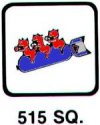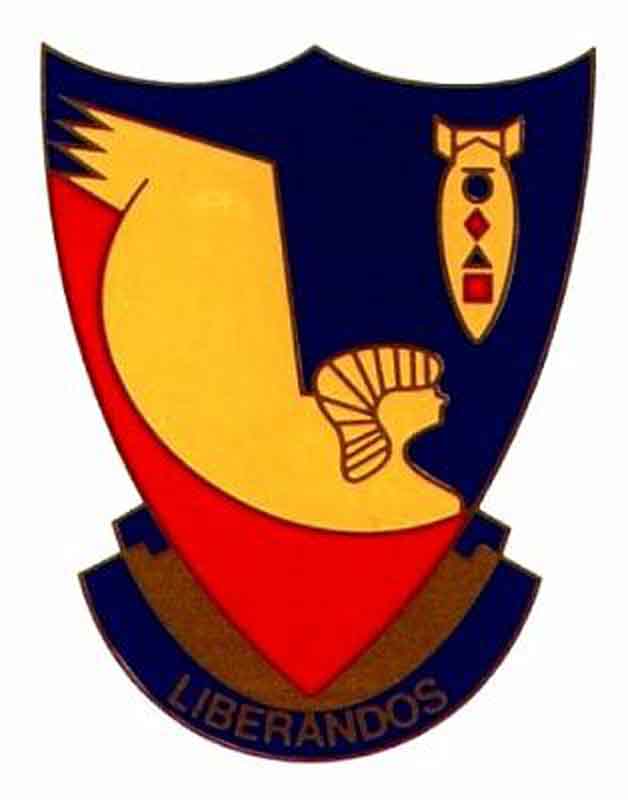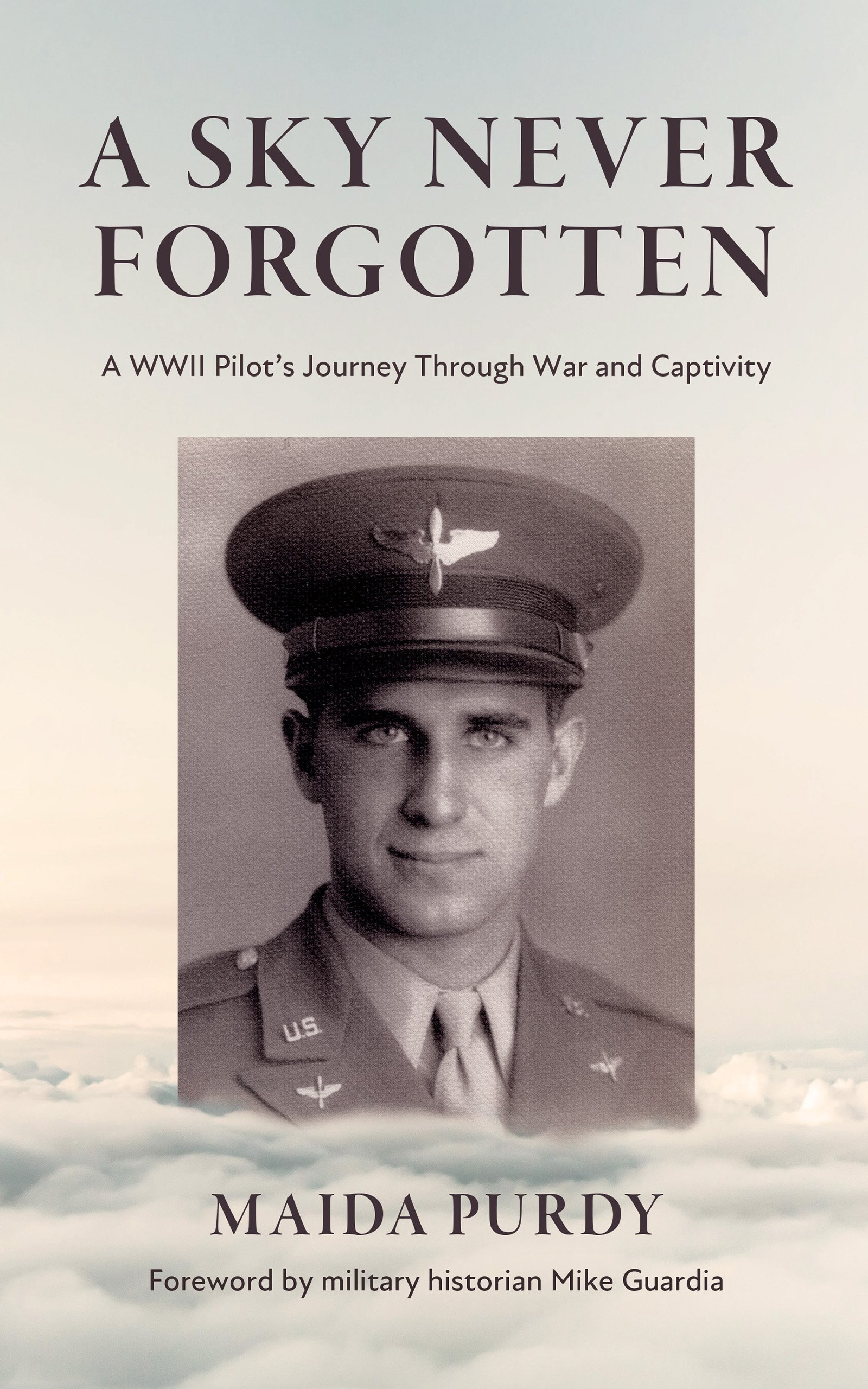Kermit Pete (Pete) Hansen's diary part 5
Freedom
On the morning of April 29, 1945, elements of the 14th Armored Division of Patton’s 3rd Army attacked the SS troops guarding VIIA. Prisoners scrambled for safety. Some hugged the ground or crawled into open concrete incinerators. Bullets flew seemingly haphazardly.
Finally, the American task force broke through, and the first tank entered, taking the barbed wire fence with it. The prisoners went wild. They climbed on the tanks in such numbers as to almost smother them. Pandemonium reigned. They were free!
Two days later, General Patton arrived in his jeep, garbed in his usual uniform with four stars on everything including his ivory handled pistols. The prisoners cheered and cheered. The Longest Mission was finally over!
As Pete remembers, the American soldiers fought the young German soldiers for about two hours. Pete saw General Patton from a distance of about 30 feet and he could see his ivory handled guns. After the German guards left, Pete was told not to leave the camp; it was safer to stay because there were pockets of Germans outside the camp. However, Pete did leave for one day. He met an ordnance group; he asked for and received food. He remembers that the food was good and that he had chocolate pudding.
From the camp, Pete could see a church in Moosburg that flew the German Swastika flag. He saw that flag lowered and the American flag raised. The POWs cried for joy. Their country had not forgotten them.
The former prisoners from all nations including Britain and the United States flew in DC-3s to LaHavre, France. The Red Cross fed them and sent them on Liberty Ships across the Atlantic to Camp Shanks in New Jersey. From there, Pete called his sister in New York. He then took a train to Jefferson Barracks in St. Louis, Missouri. The train had priority over all other trains except one in Indianapolis, Indiana that carried repatriated Japanese wounded prisoners of war. From St. Louis Pete went to Mason City, Iowa, where his Aunt Laura, Uncle Henry, Aunt Hilda, and Uncle Alfred met him. They took Pete to lunch, and all he wanted was an American hamburger and a coke. On May 29, 1945, he went to Hartley and caught up on the news about his family. Pete called Peggy.


The website 376bg.org is NOT our site nor is it our endowment fund.
At the 2017 reunion, the board approved the donation of our archives to the Briscoe Center for American History, located on the University of Texas - Austin campus.
Also, the board approved a $5,000 donation to add to Ed Clendenin's $20,000 donation in the memory of his father. Together, these funds begin an endowment for the preservation of the 376 archives.
Donate directly to the 376 Endowment
To read about other endowment donation options, click here.
Reunion
NOTE change in the schedule !!
DATES: Sep 25-28, 2025
CITY:Rapid City, SD
HOTEL: Best Western Ramkota Conference Hotel; 2111 North LaCrosse St., Rapid City, SD 57702; 605-343-8500
Click here to read about the reunion details.




















